Experiencing Global – One Bite at a Time
Posted in News Story | Tagged collaboration, cooking event
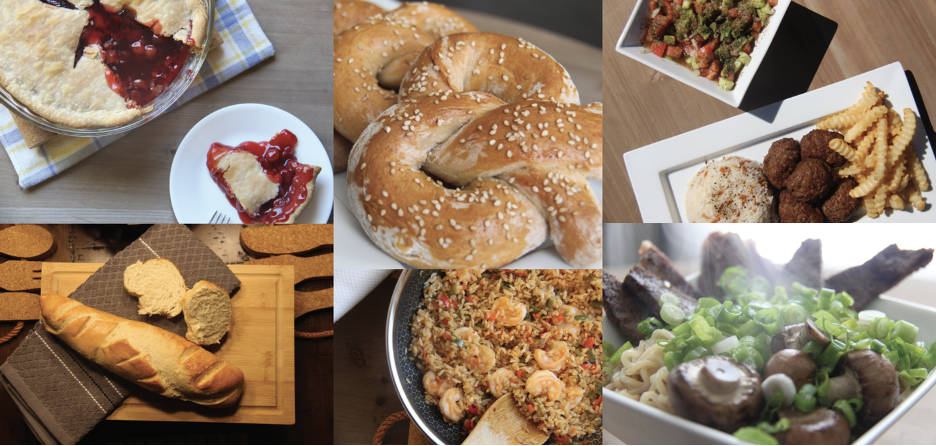
7 Dishes Later…
#aroundtheglobowlin80days is over! Ultimately, we’ve learned that food is much more than just food. A pretzel is much more than a pretzel, a meatball is much more than a meatball, spanish paella is much more than spanish paella, etc. Underneath every flavor is a rich history that, in many cases, highlights just how interconnected our lives are. Thus, while we may have spent more time at home this year, we’ve learned that we can still enjoy ‘the global’ one bite at a time.
For those catching up, this semester we’ve had the opportunity to work together with the Georgetown Gastronomes to present #aroundtheglobowlin80days. During this collaboration, we’ve selected and prepared seven dishes in celebration of important dates of global culinary significance, including, for example, National Cherry Pie Day and Spanish Paella Day. We’ve featured pictures of our creations at the OGE for each of these events, with excerpts taken from their original Instagram posts! We hope you enjoy it!
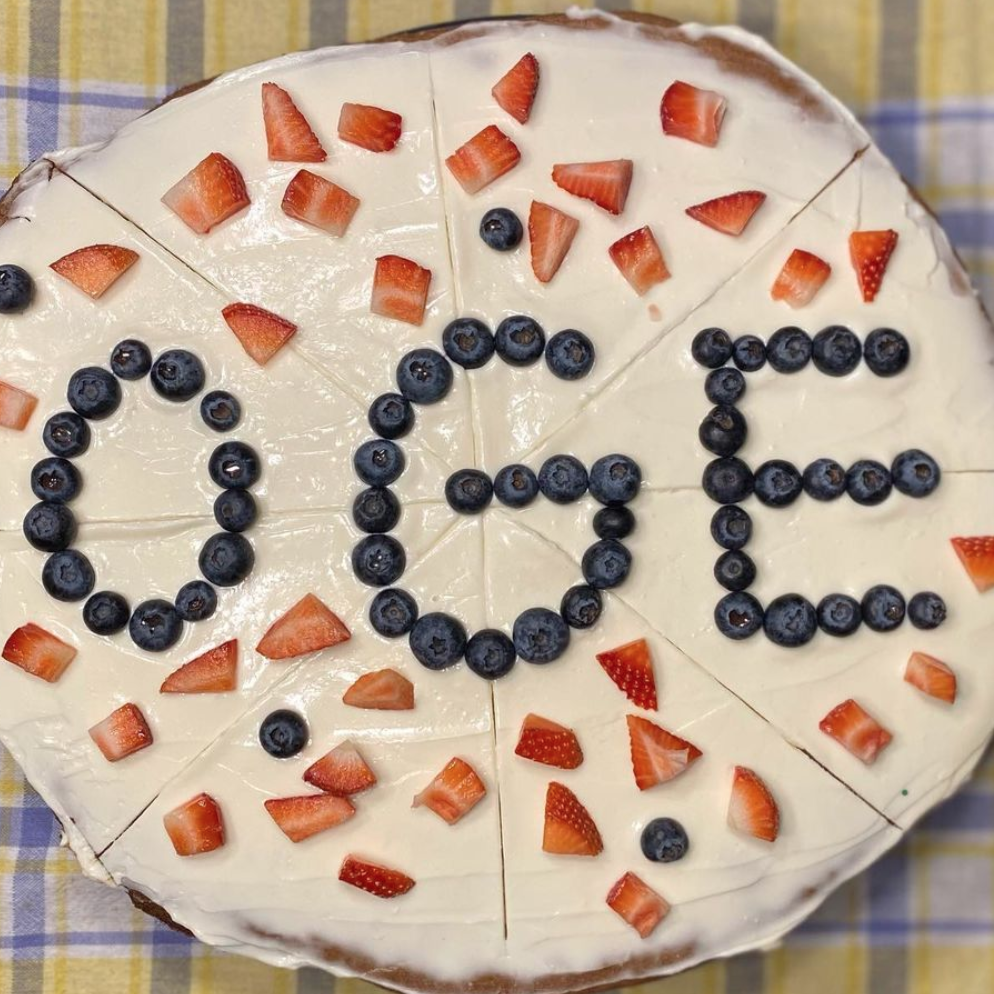
National Pizza Day – February 9th
“Many regard pizza as the quintessential Italian dish, emerging through the city of Naples around the late 19th century. Yet the dish is a bit more cosmopolitan than one might expect. In fact, variations of flatbread served with toppings have been seen in both the ancient Egyptian and Roman Empires, well before the founding of the Italian state! Perhaps more interestingly, it seems that so many countries have their own takes on, or dishes similar to, pizza!”

National Cherry Pie Day – February 20th
“So why pie? Though this dish is considered quintessentially American, its roots date back to ancient Egypt, with depictions of the dish appearing as early as the reign of the Pharaoh Ramesses II! By the first century, pie recipes would appear in Roman cookbooks. Fast forward several centuries, and you’ll find pie making its way to the shores of the United States through settlers. Interestingly enough, however, cherry pie may have been the first sweet pie made of fruit, making its debut towards the 1600s when it was served to Queen Elizabeth the first! Ultimately, pie is a lot more cosmopolitan than you might think!”
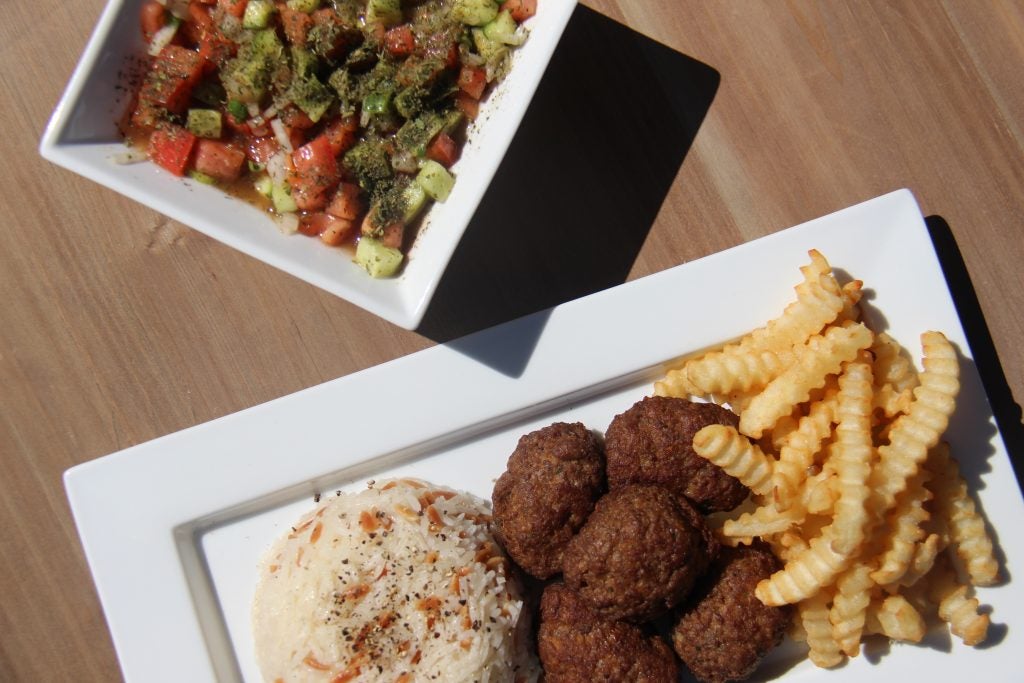
National Meatball Day – March 9th
“Among the most common of homemade turkish comfort foods, köfte is delicious, simple to prepare, and easy to keep around the refrigerator for some sneaky snacking throughout the day!
The meatball itself often consists of minced meat, egg, onion, and breadcrumbs, with the addition of some cumin, black pepper, and even chili pepper, for those who like a little spice! These meatballs taste delicious alone, and are often served with slices of baked potato OR pilav.”
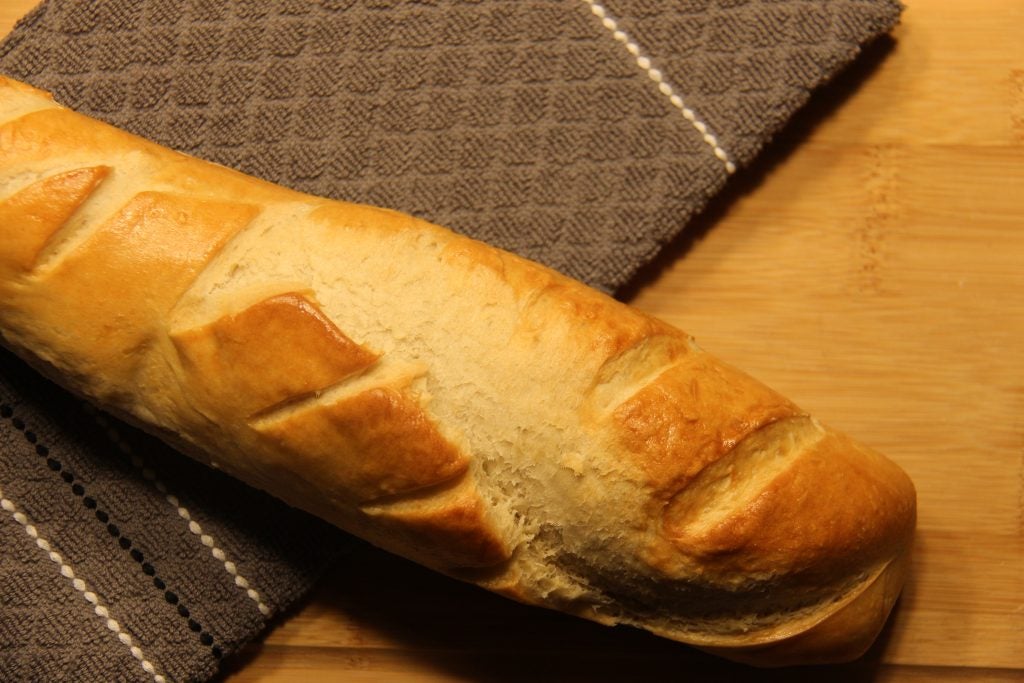
National French Bread Day – March 21st
“French bread as we know it today was the product of unique political circumstances and cunning culinary innovation!
As noted by daysoftheyear.com “The French have been baking long sticks of bread for more than 200 years, but it was only in 1920 that the current baguette we know and love came into being. During that time, a law was passed in France in 1920 that prohibited anyone from starting work before 4am, making it impossible for French bakers to get their traditional breads baked in time before all of the people went off to work. They needed a creative solution to make their bread bake faster, but they didn’t want to cheat their customers. Voilà, the quick baking baguette was born!””
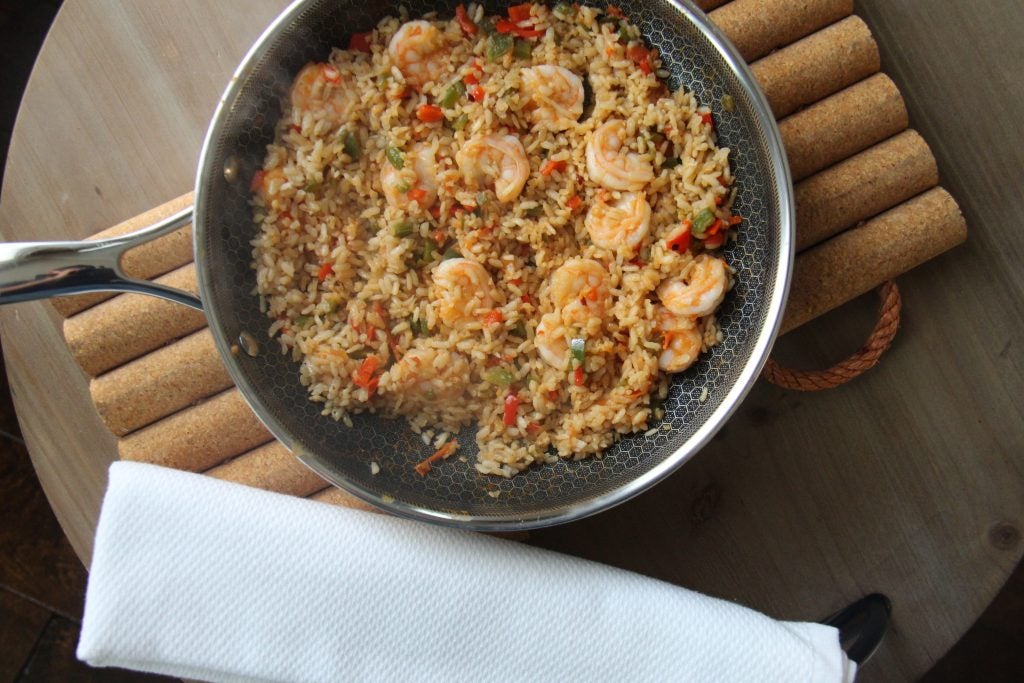
Spanish Paella Day – March 27th
“There are many interesting theories on the origins of “paella.”
One theory is that the name “paella” originates from the Arabic word for “baqiyah,” or left overs. This theory contends that the dish was invented by the servants of Moorish kings in Spain who would mix the leftovers of royal feasts with rice!
Another theory maintains that the word “paella” actually originates from the Latin word “patella,” or the pan in which the dish is made.
Yet ANOTHER theory maintains that the word comes for “para ella,” or ‘for her,’ in Spanish. According to this theory, this dish was the product of romance, prepared by one lover for another.
Neat! Ultimately, paella is all about global exchange; according to ibericafood.com, “The dish Paella is, in reality, a perfect union of two cultures in Spain: the Romans for the pan and the Arabs for the rice.””

National Ramen Noodle Day – April 4th
“Ramen noodles themselves embody the delicious outcomes of global exchange; according to kizuki.com, “While it’s hard to say with 100% accuracy, it’s probably not too far fetched to say that ramen was a dish invented in China, but made trendy in Japan. And there’s certainly no doubt that Japanese restaurants have really made the dish their own since being introduced to it. Ramen is now clearly an international dish with multi-country followers. The ramen was not only carried forward by the Japanese, but its influence expanded to the whole world.””
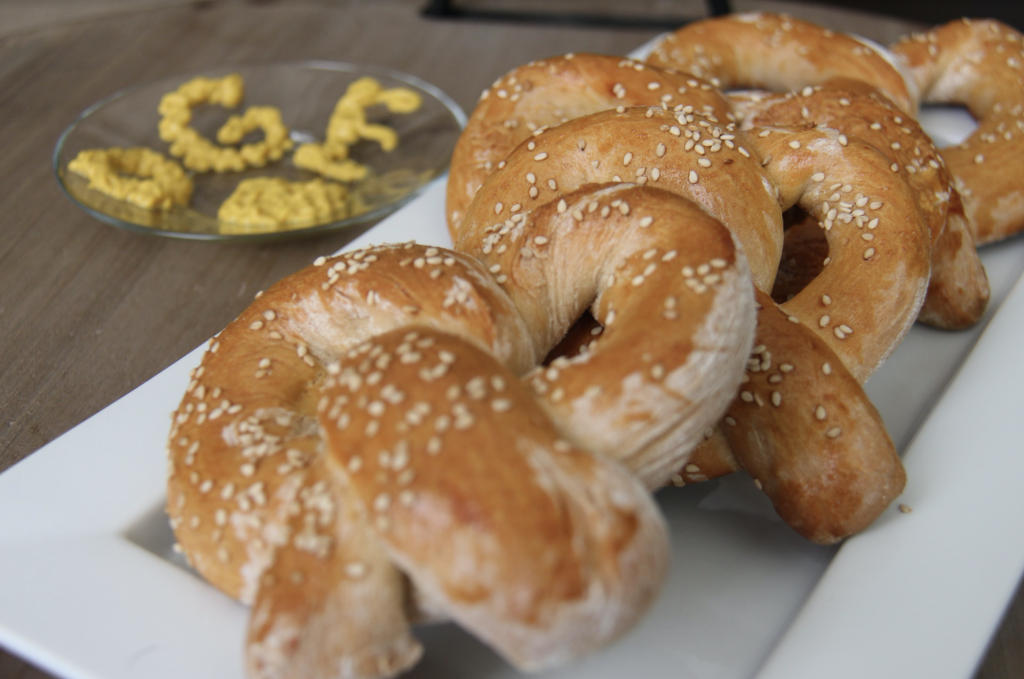
National Pretzel Day – April 26th
“7 dishes later and we’re concluding our 80 day event with PRETZELS in honor of National Pretzel Day. Together with the Georgetown Gastronomes we’ve whipped together pizzas, pies, meatballs, and more! One thing we’ve learned along the way? Always look under the surface! Understanding the unique history of each dish often unveils interesting global connections, showing just how interconnected our lives really are – even if we’re so far apart.
Consider the origins of the pretzel. This is a controversial subject, to be sure! Many, however, suggest this treat originates in Italy sometime around the 7th century. This view maintains that pretzels, or ‘pretiola,’ emerged as a treat prepared to reward devout children. Regardless, pretzels would pop up around Europe, arguably finding their most well-recognized home in Germany, where the pretzel serves as an iconic treat at the Christmas market each year. It would make its way to America perhaps as early as the voyage of the Mayflower but clearly through waves of German immigration to the U.S. in the early 18th century.”
